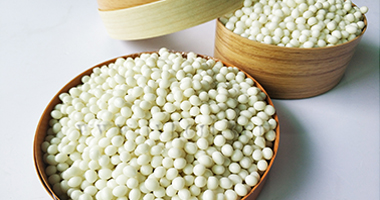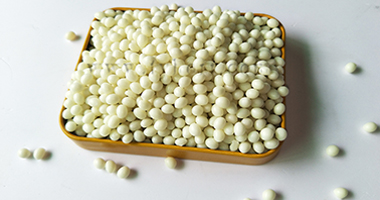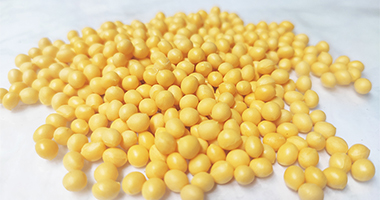What is the development history of
environmentally friendly edge sealing hot melt adhesives?
From the late 1970s, hot melt adhesives began to enter the wood industry for edge sealing, plywood cores, board splicing, furniture tenoning, etc.

In the early days, my country's equipment development was immature, and it mainly relied on hot melt adhesive equipment in the United States, West Germany, Italy and other countries.But then the market expanded and equipment technology became more and more mature and stable, and various furniture factories in my country also began to actively invest in hot melt adhesive equipment.
 What are the characteristics of environmentally friendly edge sealing hot melt adhesives?
What are the characteristics of environmentally friendly edge sealing hot melt adhesives?
 Appearance And Prospect Of Edge Sealing Hot Melt Adhesive
Appearance And Prospect Of Edge Sealing Hot Melt Adhesive
 What kinds of situations often occur when hot melt adhesive particles are used in furniture edge sealing?
What kinds of situations often occur when hot melt adhesive particles are used in furniture edge sealing?
 Reasons for the open edge of the edge band
Reasons for the open edge of the edge band